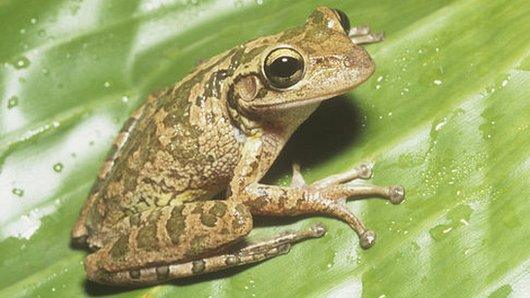Killer frog disease: Chytrid fungus hits Madagascar
- Published
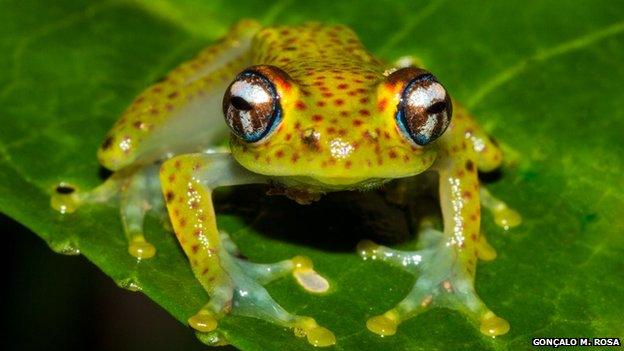
Madagascar is home to more than 500 species of frog
A devastating disease that has wiped out amphibians around the world has been discovered in Madagascar, scientists report.
A survey has found that the chytrid fungus is present in numerous sites, although it is not clear whether it is infecting frogs yet.
The island is home to 500 frog species, and researchers fear they could be at significant risk.
The findings are published in the journal Scientific Reports, external.
One of the authors, Goncalo Rosa, from the Zoological Society of London, said he was worried about the impact that the fungus could have.
"It is heartbreaking, especially when you have an idea of what is happening elsewhere in other tropical areas - you see the frogs are gone," he told BBC News.
"The same could happen to Madagascar as well."
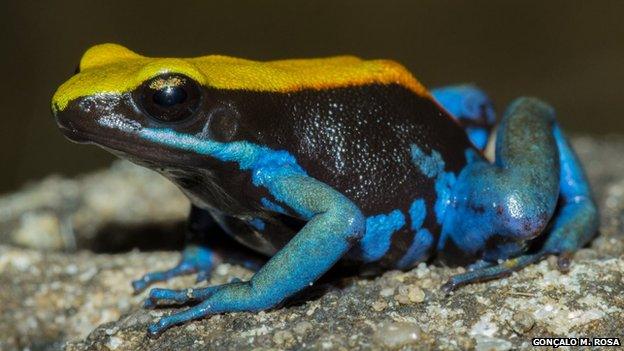
The chytrid fungus has been found across the island - but it is not yet clear if it is killing frogs
The chytrid fungus (Batrachochytrium dendrobatidis) was first identified in the 1990s and has swept across the world.
It infects the animals through their skin, and has killed off vast numbers of amphibians.
Madagascar was thought to be one of the last places free from the disease, but now the fungus has been confirmed in several sites across the island.
Scientists are trying to establish whether the fungus has always been present, but just not detected, or whether it has spread from elsewhere,
Mr Rosa said: "If these findings represent endemic chytrid, it means it has been there forever, coexisting with these frogs.
"But if we are talking about a recent introduction, this is really worrying because we've seen what has happened in other places. And if frogs in Madagascar have never coexisted with the fungus, it could be catastrophic - this could cause huge biodiversity loss."
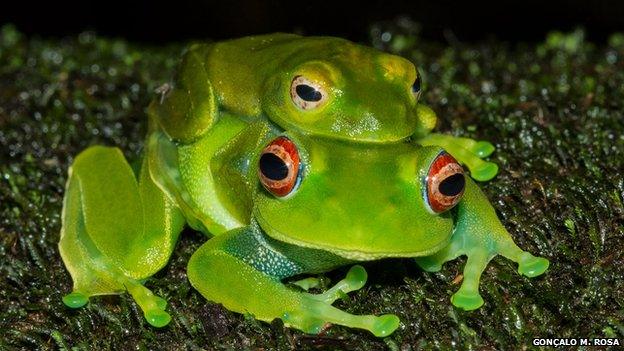
Many of Madagascar's frogs are not found anywhere else in the world
Conservationists are particularly worried because Madagascar is an amphibian haven. Many of its 500 species of frog are not found anywhere else in the world.
"This is what makes Madagascar this special and unique place," said Mr Rosa.
If the disease is a new arrival, scientists will try to work out how it got to the island.
It can be carried on people's clothes or by invasive species, such as the recently introduced Asian common toad.
Researchers are now trying to establish where the disease has spread.
But with no cure, it may be difficult to limit the impact it has on Madagascar's unique amphibians.
Follow Rebecca on Twitter, external
Related topics
- Published29 May 2014

- Published17 October 2014
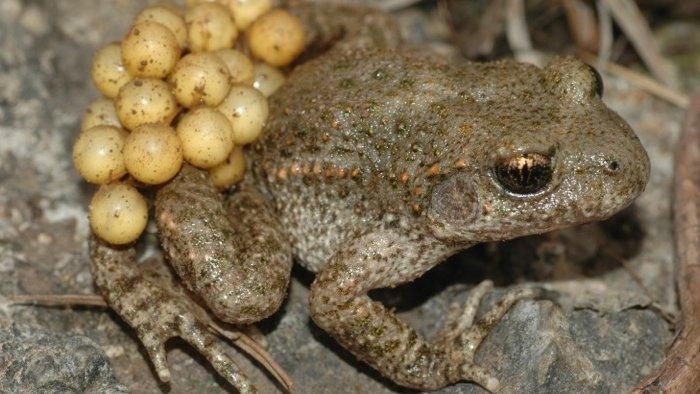
- Published8 November 2011
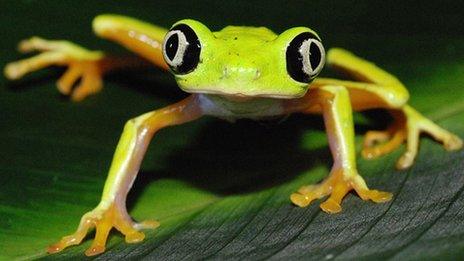
- Published26 September 2011
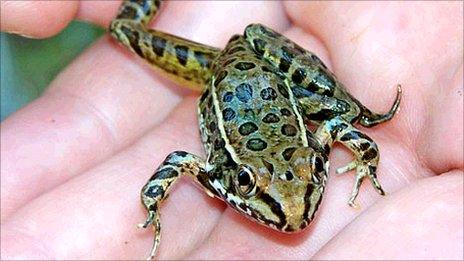
- Published12 August 2012
